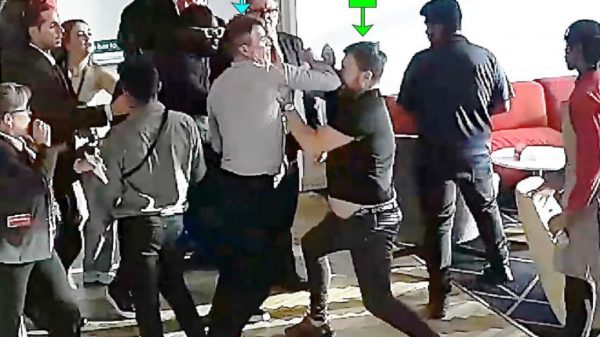Story Highlights
- The blood-sucking woman was believed to have been buried with a brick inside her mouth to stop her from devouring the dead.
Recreating the Face of a 16th-Century Woman
Bringing a spooky story to life, the face of a 16th-century woman – who was believed to be a vampire by the Italian locals – was recreated by the scientists.
In the face, which has been recreated, a brick appeared jammed in her mouth which was apparently fitted inside to stop her from gobbling up the dead.
The Origins of the Vampire Woman
The story of the vampire women started when a mass grave was found on the Venetian island of Lazzaretto Nuovo, a location which was used as quarantine during the bubonic plague in the late 1500s and 1600s.
The archaeological studies in 2006 discovered some bodies which were buried centuries back.
The Mystery of the Brick
With the use of reconstruction technology, forensic researcher Cicero Moraes looked into the possibility of a brick being lodged inside her mouth while she was still alive “without damaging the teeth and even the soft tissue.”
Ideally, it would have been easier to place the brick inside her mouth after she perished.
There were also theories that a graverobber may have placed the brick inside the mouth of the corpse to “exorcise” her so that she would not bite and infect others after dying.
Scientific Findings
According to previous studies, the skull belonged to a lower-class European woman, who died at the age of 61.
As per the new study, the skull was recreated by the scientists and concocted a “brick” from styrofoam so as to determine if it was placed inside her mouth before or after death.
“The researchers found that when observing the body with the shroud, those responsible for the burial noticed a depression in the mouth region, indicating potential chewing,” Moraes said.
Even though various questions around this centuries-old mystery remain unanswered, Moraes feels he answers whether it would be “possible to insert a brick with those dimensions into the oral cavity, keeping the bone and perhaps soft tissue anatomical structures intact.”
















































